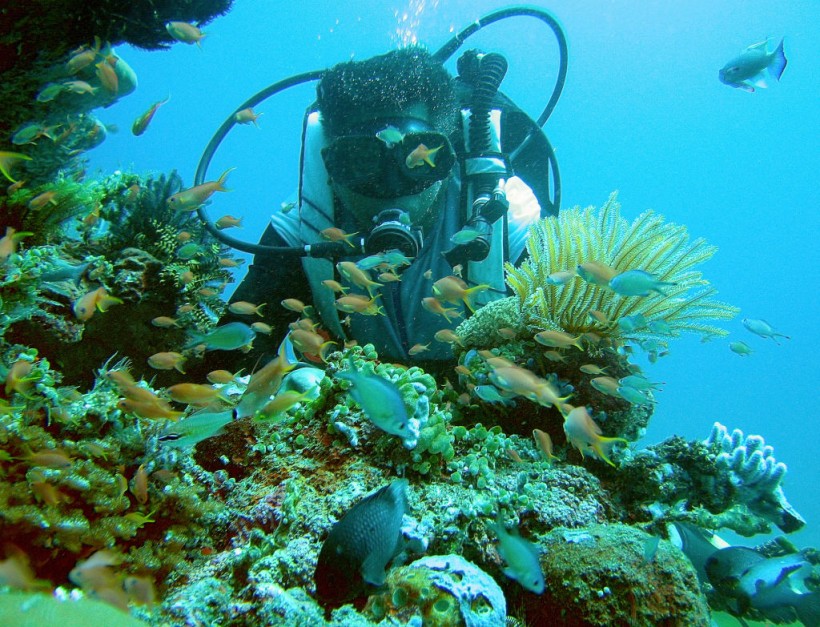A tentacled sea creature, suspected to be a new species, was discovered by scientists aboard the Exploration Vessel (E/V) Nautilus in the depths of the Pacific Ocean earlier this month. The discovery has been considered unique, since sightings of animals with resemblance to the tentacled organism have occurred in the Atlantic Ocean and the Indian Ocean.
The discovery of the giant and peculiar marine animal was recorded through a remote operated vehicle (ROV) from the Nautilus research vessel. A second creature with the same physical features was also seen in the same site. However, the robotic equipment was not able to capture it, likely due to environmental conditions given the seafloor was dark already.
The team of scientists were reportedly astounded from what they saw. The team was driven to determine if the strange sea creature belongs to the Solumbellula Sea Pen (Solumbellula monocephalus) species, which was never seen in the Pacific Ocean before. The question also emerged on whether it belongs to a new designation in the taxonomic database not known to the scientific community.
While the E/V Nautilus-based scientists were able to confirm from biologists that the creature, do in fact, belong to S. monocephalus, the inquiry to confirm the real identity of the animal continues. With the main objective of finding out if it is a new species, its potentiality is somehow expected since research still show that a vast part of the world's ocean remains unexplored.
Tentacled Sea Creature Video

In the footage posted by the Ocean Exploration Trust (OET), the organization highlights the discovery of the sea pen, a colonial cnidarian, with large tentacles stretching to more than 40 centimeters. At a depth of 2,994 meters on a seamount north of Johnston Atoll, west of Hawaii, the team made their discovery.
The OET also states S. monocephalus to be the only species in the genus since its presence is only known in the northern and southern parts of the Atlantic and Indian Oceans, as mentioned earlier in this article.
The organization acknowledges that further examination of the video, which is also available on the YouTube channel EVNautilus, will help experts in the field determine if the Central Pacific animal is what they thought to be.
Also Read: Scientists Amazed to Discover Three Giant Deep-Sea Sharks Glowing in the Dark!
Nautilus Research Vessel
Operation by OET, the E/V Nautilus aims to explore the world's oceans and seek out new discoveries in the fields of maritime history, biology, geology, archaeology, and chemistry. Dr. Robert Ballard founded OET in 2008 to engage in pure ocean exploration.
Since 2008, Nautilus has explored different large bodies of water worldwide, including the Black Sea, Mediterranean Sea, Atlantic Ocean, Caribbean Sea, and the Gulf of Mexico.
In the current Nautilus expedition in the Central Pacific, deep-sea biologist Steve Auscavitch told Live Science that unexpected sightings are often the most powerful observations, referring to the recent discovery of the tentacled sea creature.
In previous studies and reports, scientists are still expecting the discovery of never-before-seen species, especially through dee-sea research.
Related Article: Mysterious Tiny Deep Sea Creatures from the Deepest Parts of the Sea
© 2024 NatureWorldNews.com All rights reserved. Do not reproduce without permission.





